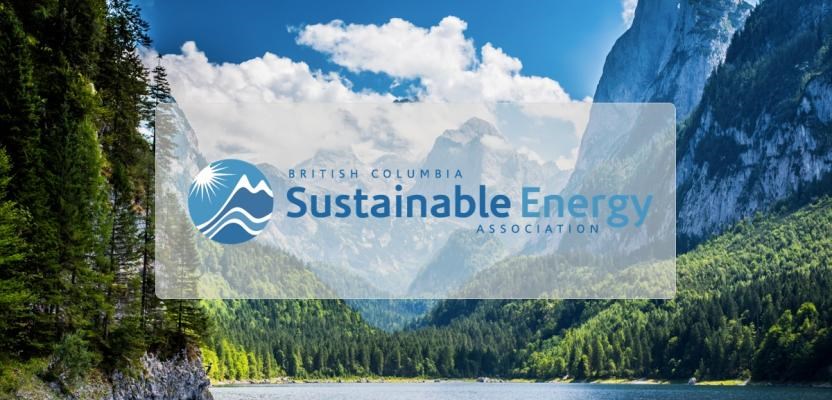This is the third and last of my columns, at least for now, on some of the local seeds of a One Planet Region. The third-largest component of our ecological footprint consists of buildings, and almost two-thirds of that is the operating energy used for heating, cooling, ventilation, lighting, cooking and powering electronics. Most of the rest is the embodied energy in the materials used to construct the buildings. Our first strategy here must be to reduce energy requirements through energy conservation and increased efficiency.
It has been said that conservation and the improvement of energy efficiency is the largest single source of energy available to us, and it is an important focus of a number of government programs and private-sector activities that support both home and other building energy efficiency and switching to more energy-efficient vehicles.
The B.C. Sustainable Energy Association (BCSEA), founded in 2004, has an online information source and undertakes advocacy and education. It also has an online business directory with a listing of businesses that are “promoting sustainable energy solutions and supporting community-based action on climate change”; there are 23 listed for the Victoria region.
An important local seed is the Victoria chapter of the BCSEA. Its purpose is to “educate and advocate on issues related to energy use, the reduction of [greenhouse gas] emissions, and solutions for transitioning to a non fossil-fuel economy.” They hold regular educational pub nights, and have also started a youth-involvement project.
Their largest project is “to persuade all municipalities on southern Vancouver Island to commit to 100 per cent Renewable Energy by 2050”, and they note this is ALL energy use, not just that used by the municipal government. Both Victoria (2016) and Saanich (2017) have already made that commitment.
The B.C. Energy Step Code should be an important part of that commitment. Unlike standard practice that seeks energy efficiency in multiple elements of a building individually, the Step Code looks at the building as a system. Builders are free to use any materials or construction methods they choose as long as they reach the standard, which encourages innovation. The code came into effect in 2018 in Victoria, Oak Bay and North Saanich, and in Saanich and Central Saanich in 2020.
The final major component of the ecological footprint is “consumables,” the stuff we buy, and the waste that we generate. More than 40 per cent of Saanich’s waste footprint is wood waste, textiles and rubber, with another one-third being paper. The aim here is to reduce the amount of stuff we acquire, especially the short-life or disposable stuff that ends up being disposed of.
The key is the 4 Rs — reduce, recycle, re-use and repair. First, we can buy less stuff altogether — do we really need all we buy or use? Avoiding disposable plastic and paper products will help, as will recycling paper and other products.
Among the promising seeds here are Habitat for Humanity’s three ReStores, which “accept and resell quality new and used building materials, as well as furniture, appliances and home accessories.” Everything they sell has been donated, and the profits support their work. Another way to reduce waste when it comes to clothes and household fittings and furnishings is to buy from Goodwill, Value Village or similar stores.
We can also buy more environmentally friendly and ethically produced clothing, an approach that is the focus of the Victoria Eco Fashion Week. It seeks to ensure that “clothing is made in a safe, clean and fair environment.” After debuting in 2019, it is back April 23 to 25.
Then there is the Zero Waste Emporium, a grocery store where you take your own container or borrow one of theirs, and the Repair Cafés. Fairfield has one, “a neighbourhood initiative that promotes repair as an alternative to tossing things out.” They have five more scheduled for Saturdays this year.
These are not the only seeds in town, these are just examples I know about, initiatives that are moving us toward a One Planet way of life. They alone are not the answer, but taken together, and with the many other examples out there for you to discover, these seeds are helping move us in the right direction, which gives us hope.
Dr. Trevor Hancock is a retired professor and senior scholar at the University of Victoria’s School of Public Health and Social Policy.



